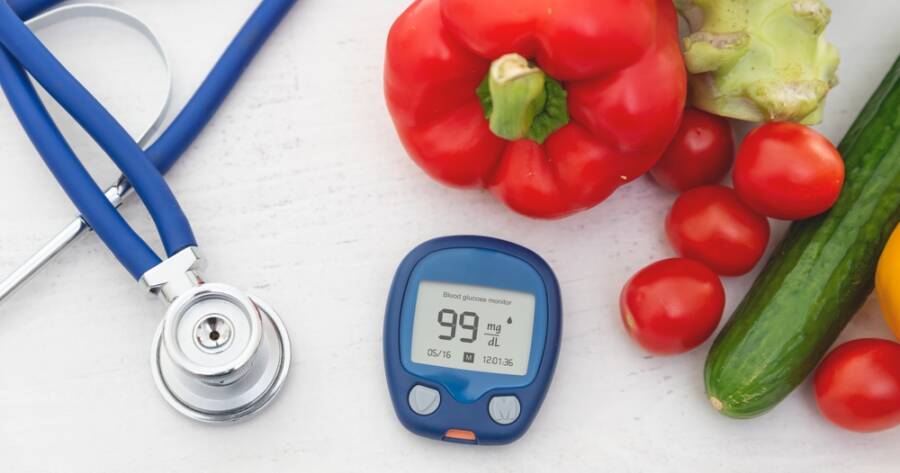As diabetes management evolves, new technologies like non-needle glucose monitoring offer promising alternatives to the traditional, often uncomfortable, finger-prick methods. Cutting-edge techniques, including optical spectroscopy and continuous glucose monitors, are progressively reshaping how glucose levels are assessed, aiming for comfort and accuracy. Yet, challenges such as regulatory hurdles and device accuracy remain.
Non-Needle vs. Traditional Glucose Monitoring: What You Need to Know
Diabetes management is an ever-evolving field, with new technologies continually emerging to improve the lives of individuals affected by the condition. Traditional glucose monitoring has long relied on the use of finger pricks, a method that can be both painful and time-consuming. This has spurred the development of non-invasive technologies as alternatives to traditional approaches, fostering a shift towards more comfortable and efficient monitoring solutions.
Advancements in Non-Needle Monitoring Technologies
Non-invasive glucose monitoring technologies are gaining traction due to their ability to eliminate the discomfort associated with needle-based methods. Several techniques are being explored, each with its unique principles and applications. For example, optical spectroscopy and electromagnetic sensing have been highlighted in recent studies, as these methods assess glucose levels through interactions with light and changes in electromagnetic properties. These advancements aim to provide real-time, continuous data without skin puncture.
Among the most promising non-invasive tools are wearable devices like skin patches and wristbands, integrating detailed optics and sensors to relay glucose readings. The SugarBEAT, for instance, utilizes a mild electric current to gather data and is currently seeking U.S. market entry after product registration in Europe. Despite these advances, non-invasive technology development is beset with hurdles, such as regulatory challenges and technological precision concerns.
Continuous Glucose Monitoring Systems (CGMs)
Continuous glucose monitors (CGMs) are another pivotal innovation in diabetes care, offering a needle-less approach by measuring glucose levels via sensors placed under the skin. These systems improve user experience by providing real-time insights into glucose fluctuations. Popular examples include the FreeStyle Libre and the Dexcom G6, which differ in terms of sensor lifespan and data transmission frequency. CGMs ease the monitoring process and help users maintain consistent glucose levels by delivering timely alerts about potential health risks.
While CGMs offer significant conveniences over traditional methods, they also have drawbacks. These include occasional inaccuracies in readings, discomfort from adhesives, and the potential for sensor irritation on the skin. Additionally, users may encounter informational overload with the data generated by these devices.
Challenges and Opportunities in Non-Invasive Monitoring
Even with ongoing advancements, non-invasive glucose monitoring technologies face several challenges regarding accuracy and reliability. Factors such as device calibration and external environmental conditions influence the measured data’s consistency, raising concerns about integrating these systems into generalized healthcare practices.
Nonetheless, continued research and technological progress hold hopeful prospects for wider adoption. Developmental focus on miniaturization and digital health integration is paving the way for the creation of smart, wearable monitoring solutions. Improving the usability and accessibility of these technologies remains a priority, highlighting the potential to transform diabetes management into a more user-friendly and seamless experience.
Considerations When Choosing a Monitoring Device
When selecting a glucose monitoring solution, factors such as device accuracy, cost, and ease of use are vital. Insurance coverage and compatibility with current technological ecosystems are also pivotal considerations. For some, the choice may depend on additional features and usability, like Bluetooth connectivity and compatibility with smartphone applications.
Individuals need to assess these crucial factors with healthcare professionals to ensure they have access to reliable, suitable tools tailored to their management needs. Non-invasive devices, although promising, typically require continued development and verification against established standards before widespread acceptance and implementation.
Why You Should Learn More About Non-Needle Monitoring Solutions Today
The intersection of technology and healthcare has spurred remarkable progress in diabetes management, offering innovative solutions that cater to both comfort and efficiency. The evolving landscape of non-needle glucose monitoring systems promises to redefine how individuals with diabetes monitor their condition. However, challenges such as achieving clinical accuracy and overcoming regulatory hurdles remain significant.
Staying informed about these technologies not only empowers patients with knowledge of the newest available tools but also encourages proactive management of diabetes. As technology continues to advance and paving the way for non-invasive solutions becomes a realistic avenue for patient care, understanding these innovations further provides hope for more integrated and less intrusive glucose monitoring methods in the future.
Sources
Exploration of Noninvasive Diabetes Technology
Research on Non-Invasive Glucose Monitoring Techniques
